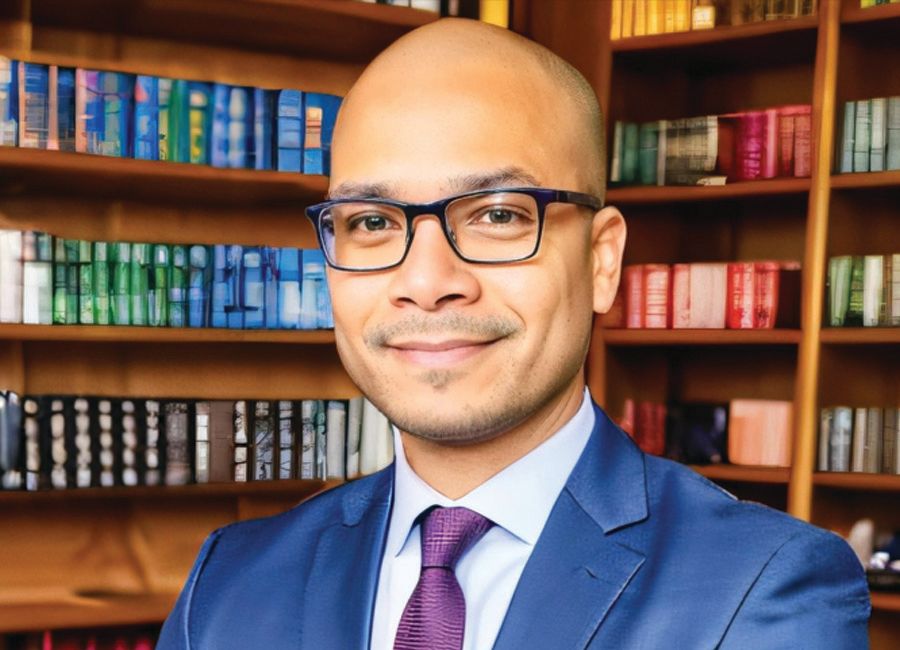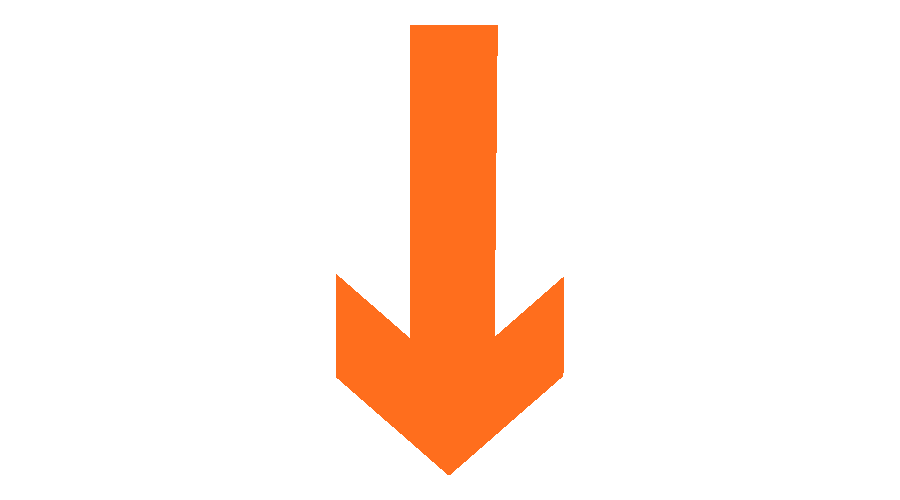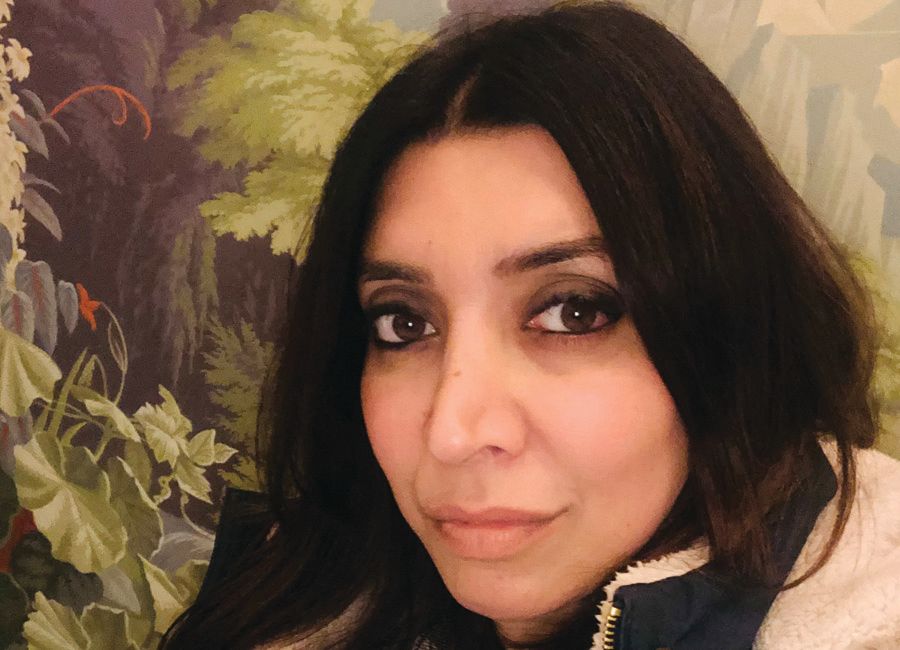ON BEST BEHAVIOUR
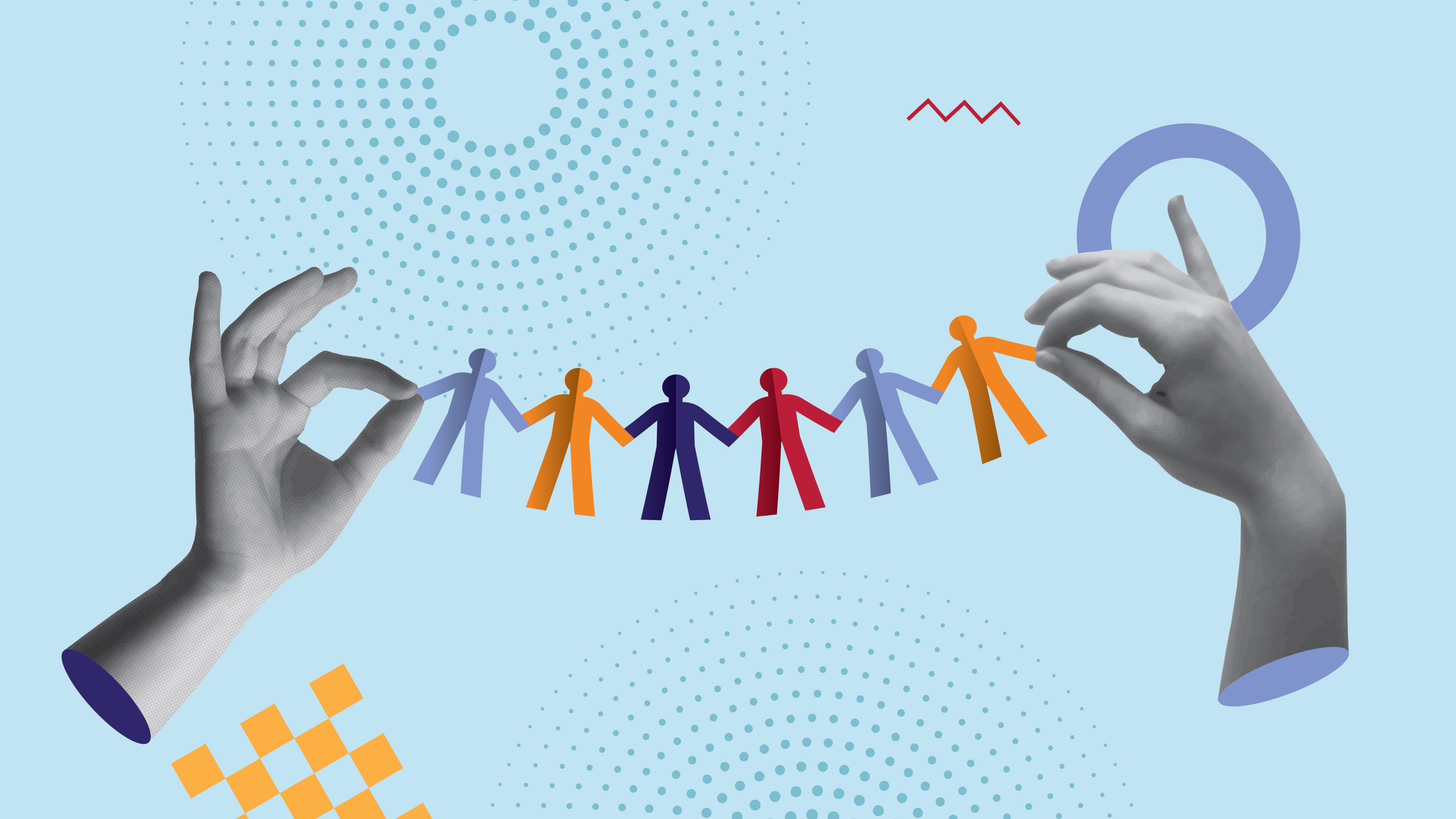
What is acceptable behaviour at work – and what isn’t? Our new framework will provide clear guidance and encourage a culture of inclusion

What may seem like an innocent comment or just workplace banter might not come from a place of bad intent. However, intent doesn’t equal impact, and the result of poorly judged words or actions can cause a colleague to feel uncomfortable or even excluded.
“It can be something that seems quite small, such as someone taking the liberty to shorten your name,” says Ashwin Patalay, procurement, SRM & ESG lead. “They may not realise that this is a microaggression – a name is part of your identity and culture, and by changing it you are making them feel unseen for who they are.”
Ashwin Patalay, procurement, SRM & ESG lead
Ashwin Patalay, procurement, SRM & ESG lead
Our culture review in 2023 included focus groups around race and gender inequality. This review indicated a need for a clear set of standards and processes to guide corporate behaviours and improve visibility and communication around equality, inclusion and diversity.
That’s why we are introducing our Behaviours Framework to address these concerns with clear guidelines around acceptable and unacceptable behaviours.
“It isn’t about blame and accusations – it’s about changing the culture for the better in a way that is open and that takes everybody on the journey,” explains Shaminder Uppal, equality, diversity and inclusion manager.

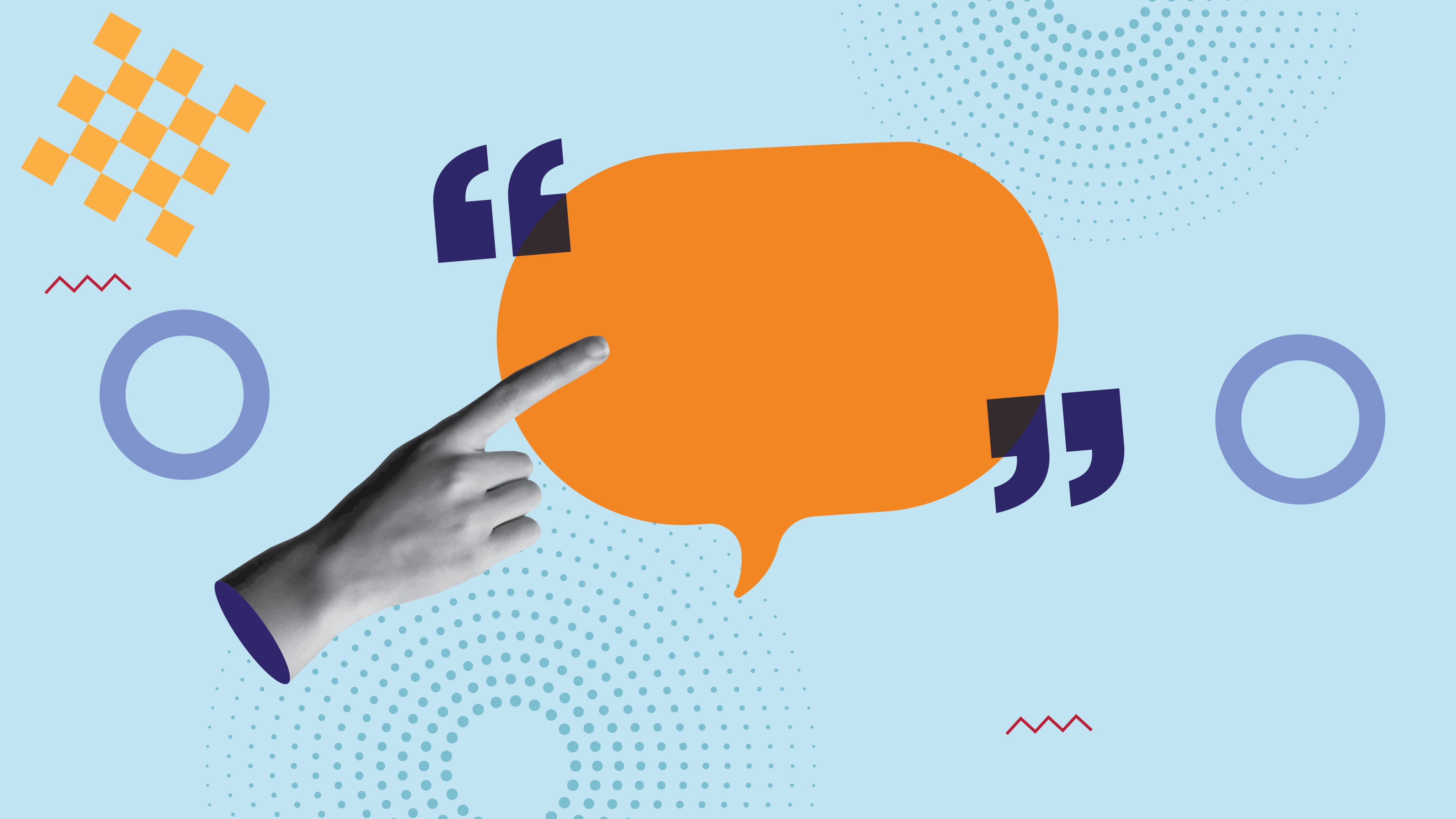
Putting the work in
Since the culture review, there have been training sessions around behaviour standards and what better banter looks like.
“These sessions had common themes around microaggressions and improving understanding around allyship and what it can mean for people,” says Shaminder. “What’s currently missing is a process to manage differences and discuss best practices before they escalate. The Behaviours Framework will serve as a toolkit to help us do this in a safe, confident, and comfortable way.”
Shaminder Uppal, equality, diversity and inclusion manager
Shaminder Uppal, equality, diversity and inclusion manager
So where are we now?
The Behaviours Framework is currently being developed with our external partner, Grant Thornton, who are acting as a facilitator. Still, colleague input from across the organisation is needed to make sure it is created for our people, by our people.
“We’ve found the right partner and have done the pre-design element,” says Ashwin. “The next phase is getting online surveys out to colleagues and conducting workshops and focus groups to help make the framework fit for everyone.”
Surveys will be shared with all colleagues soon and workshops will take place from 10 March 2025. Many of these conversations will happen at stations and depots to make sure we are capturing key voices across the organisation.

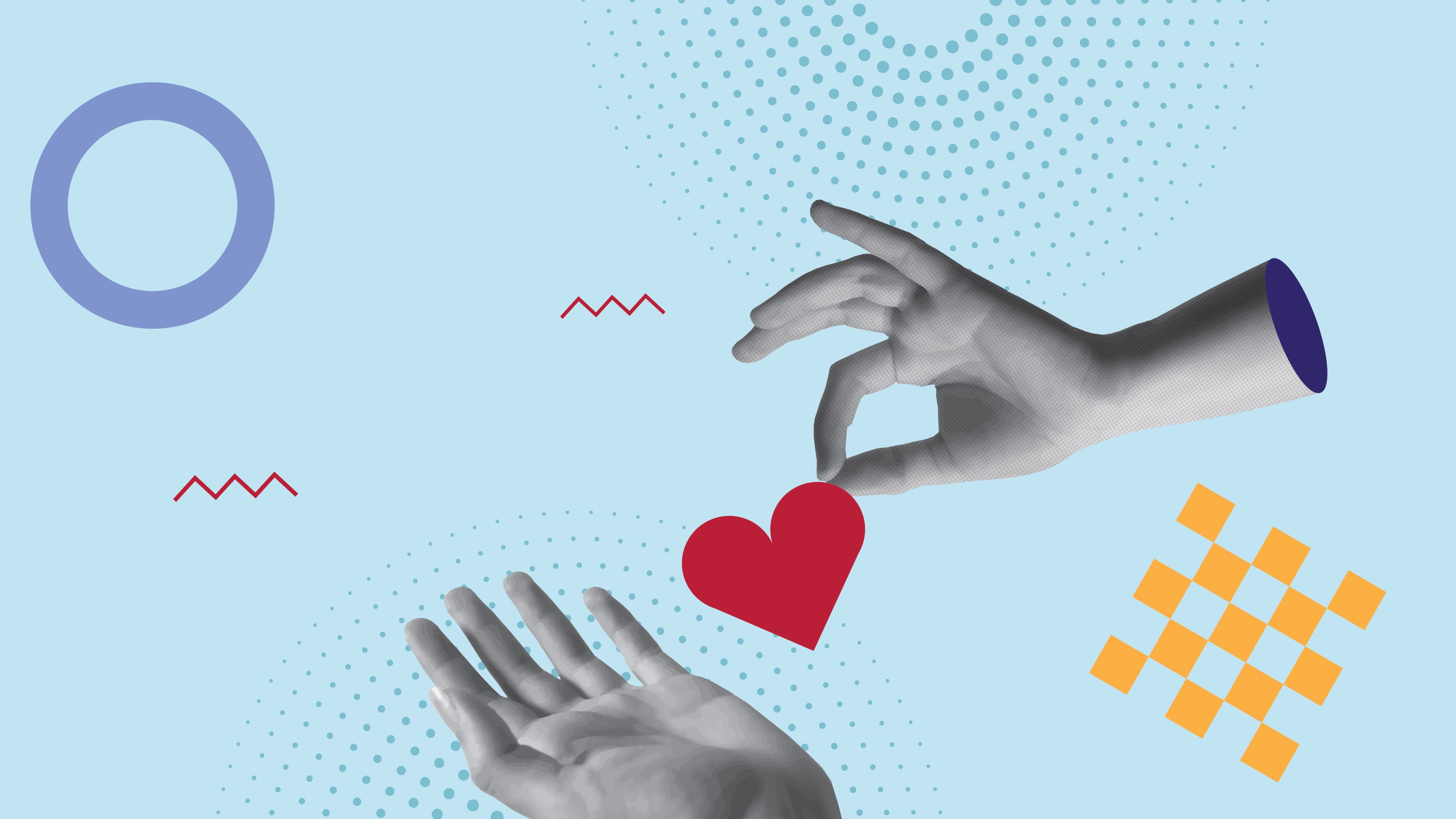
A culture we’re all in
Ashwin will be celebrating 10 years with ARL in March. He reflects on how the organisation has developed: “Do I see an improvement in the culture since I first joined? Absolutely. But this is just the start. Putting this framework together is showing me how much further we can progress for our employees, and that’s really exciting to be part of.”
Of course, cultural change doesn’t happen overnight, nor does it come easily.
“An organisation’s culture isn’t defined by what’s written in documents but by what people experience every day,” says Shaminder. “Raising standards means consistently making small improvements while ensuring every step is in the right direction.”


